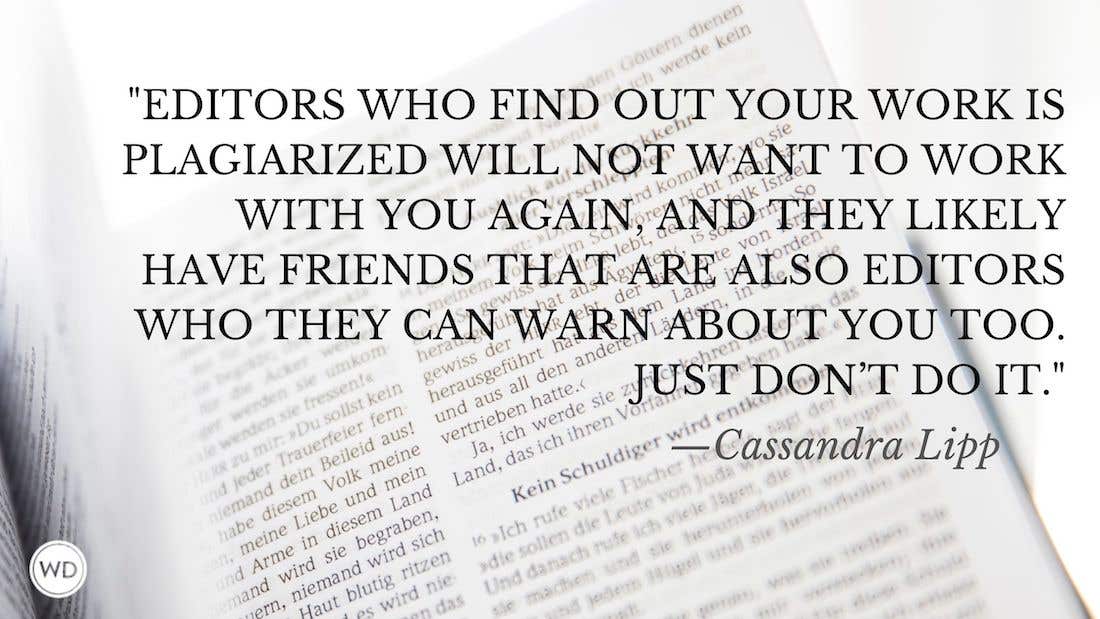Writing Your Woes
Life’s miseries are the backbone of a strong blues poem.
We all like to complain, to worry about our lives, to fret at fate. But if you've ever listened to a friend whine at length, you know just how dull that can be. Yet there's a way to make complaining in a poem lively and interesting—even ironic and funny. Enter the land of the blues poem.
When we think of the blues, we usually think of singing, starting with the early blues greats like Ma Rainey or Bessie Smith. But the blues can be written as poetry on the page—a great form, with a lot of direct emotion.
The blues was one of the few poetry forms born in the United States. The form is more than 100 years old and squarely in the African-American tradition, which is rich in toasts, rhymes and "the dozens"—a game of verbal one-upmanship. The blues also comes out of work songs and field hollers, which were back-and-forth musical conversations among slaves.
SUBJECT MATTER OVER FORM
There are two ways to write the blues: classic and free verse. The classic, or traditional, blues follows a set formula for the lines and rhyme scheme. Free-verse blues can be written any way the poet pleases, but avoiding a fixed pattern of rhyme or meter.
But the blues is defined as much by subject matter and tone as it is by a specific form. Essentially, the blues complains about life's miseries—being broke, being heartbroken, being down and out. The Elizabethans wrote a form called the complaint, which was almost always about an indifferent or rejecting lover—a love gone bad. The blues goes further than that. It looks at all the suffering in life—from a lost job to being far from home to death itself—and confronts it head on. The blues is blunt and direct. Blues titles might set the theme with Weary Blues, Funeral Blues, Cheating Woman Blues, Woke Up Crying Blues or even, in the hands of Native American writer Sherman Alexie, Reservation Blues. The blues is often witty and even sarcastic to lighten its heavy emotion. Maybe the blues can't offer a solution to our problems, but it can express and accept them.
LITERARY BLUES
The blues started out with singers who often wrote their own lyrics. Robert Johnson was the famous blues singer who played guitar and sang so intensely, he was rumored to have sold his soul to the devil in exchange for his talent. Then Langston Hughes, the great writer of the Harlem Renaissance, put blues poems squarely on the page.
Hughes wrote literary blues—poems that were read instead of sung, that had the stamp of the individual poet, but were also in the tradition.
How can you write the blues? Start off with a subject. Think of something that depresses you. Taxes? Bad weather? It can be funny, too—Fruit Flies Everywhere Blues or Car Mechanic Took my Paycheck Blues. Other subjects you could tackle in blues poems are saying goodbye to someone, railing against cruel fate or blaming someone for your problems.
THE CLASSIC FORM
The classic loose ballad form of the blues is composed of four-line stanzas of about equal length. Each line tends to have six to eight syllables, with three to four stresses. Lines 2 and 4 rhyme. An example:
When a woman gets the blues
She hangs her head and cries
But when a man gets the blues
He hops a freight train and rides.
This traditional form goes:
Line 1
Line 2—loose rhyme A
Line 3—Line 1 with variation
Line 4—repeats loose rhyme A
The blues also can take the following classic form:
Line 1—new
Line 2—new with rhyme A1
Line 1—repeats with small variation
Line 2—repeats rhyme A1
Line 3—new
Line 4—new line with rhyme A2
For example:
When I woke up this morning—my taxes were overdue
It was pouring rain and the roof had begun to leak
Woke up this morning my taxes long past due
It was pouring rain and my roof had begun to leak
I said to myself—you poor thing
Turn over and go back to sleep.
The repetition is important here. It not only sets up a rhythmic beat but also emphasizes that the poet really means what she's saying.
All kinds of poets have tried their hand at the blues. Sonia Sanchez, Nikki Giovanni, Quincy Troupe and even W.H. Auden, Joseph Brodsky and John Yau have written the blues. One great thing about the form is that it's wide open—you can personalize it however you like. For example, Sonia Sanchez wrote a series of poems that complains about an irritating lover who takes her for granted, which she calls Blue Haiku. On the other hand, Thomas McGrath wrote Gone Away Blues, a long list of explaining why he won't buy into things he objects to in society.
So try your own hand at it. Write a blues poem on a rainy day when you're feeling all alone in the world. Or when you watch the news, and the world seems to have gone mad around you. Try the traditional form to get the music in your ear, or just run wild. And have fun—complaining can be just that!








